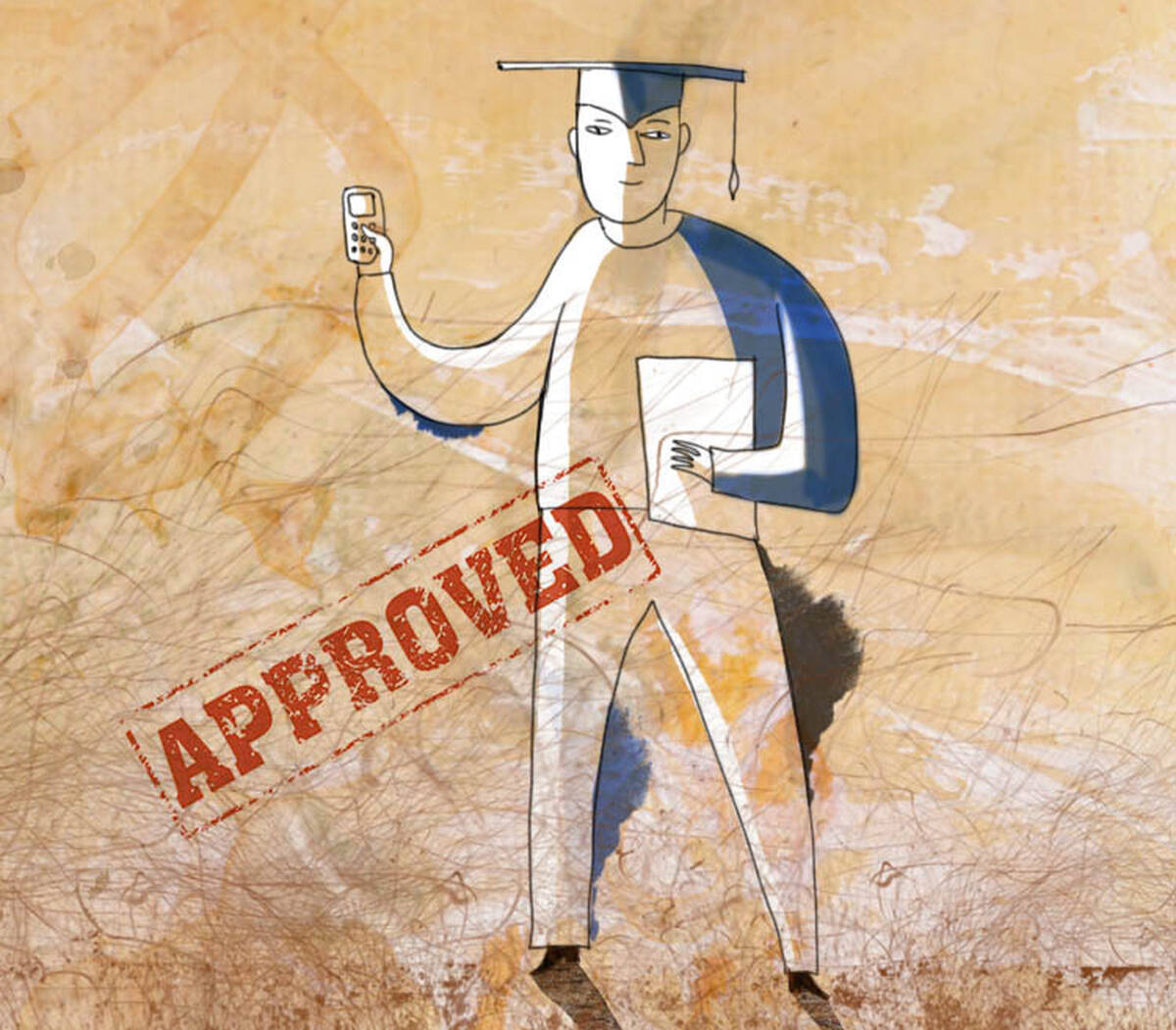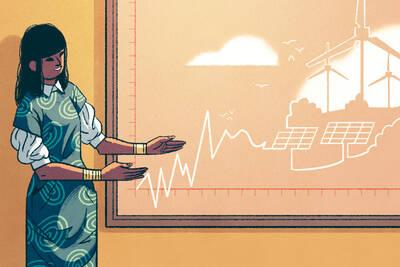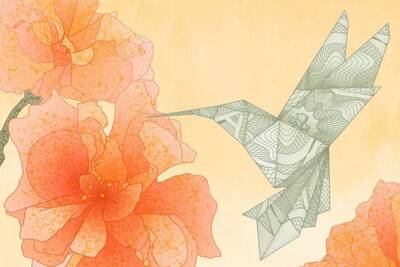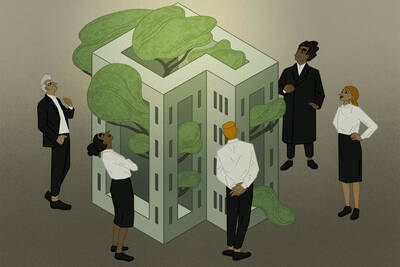Finance & Accounting Social Impact Sep 8, 2015
Credit Where Credit Is Due
New ways of assessing credit worthiness could open up access to the global banking system.

Yevgenia Nayberg
Global “financial inclusion”—or near-universal access to financial services—has been cited by the United Nations and World Bank as a crucial goal to reducing global poverty in the 21st century. But even with advances in microfinance and other areas, more than 2 billion people worldwide still operate outside the financial system. So how can financial inclusion be achieved, and what will it take to get there?
“The goal is to improve people’s lives,” says Paul Christensen, a clinical professor of finance at the Kellogg School. “Simply giving everyone a bank account does not necessarily accomplish that goal.” Nor do sophisticated digital platforms—such as mobile payment or marketplace lending—offer a panacea for neglected populations. Instead, he says, financial inclusion should focus on a more fundamental goal: providing people access to a full spectrum of affordable, high-quality financial services, including credit.
One of the most exciting innovations in this area is the rise of alternative credit-rating systems. “If we come up with a system that is better at tracking people’s ability to pay back their existing debts, we’ll be able to offer financial services more effectively,” Christensen says. “So there’s real potential in what these alternative credit rating companies are doing.”
“Credit Invisibles” and the “Underbanked”
Microfinance may not have solved global poverty, but it has changed the way financial institutions view the developing world. “Microfinance companies proved that poor people, wherever they are, could be creditworthy,” Christensen says. “That was an important step.”
“If alternative credit scoring can help drive down costs and lower interest rates from 30 percent to 10 percent, that makes a big difference.”
What the microfinance boom has not developed, however, is an effective mechanism for rating creditworthiness. Traditional “microcredit” relies on cross-guarantee, meaning that rather than filing individual loan applications, loan recipients are expected to join a group of their peers or neighbors, who agree to stand behind the loan in the event of a default.
“No lender wants to extend that credit to someone they don’t know anything about,” Christensen says. “Cross-guarantee was one way to address this problem, but it wasn’t always enough. When I used to travel around the world talking to microfinance companies, and I saw billions of donor dollars going into the industry, I thought: you wouldn’t need all of these specialized microfinance institutions if you just built effective credit bureaus.”
While many developing countries have adopted credit bureaus, they are usually not as robust as credit-reporting agencies in the United States, whose ratings are based on analyses of a consumer’s past repayment data. They also do not have much traditional data to analyze—in fact fewer than one in ten people in low- and middle-income countries are on file in public credit registries.
Exclusion is a problem in the U.S. as well. According to the Consumer Financial Protection Bureau, 45 million U.S. consumers are either “credit invisibles”—meaning they have no credit score at all—or have credit files that are considered “unscorable” by a commercially available credit-scoring model. The excluded are a diverse group: those who have never had a bank account, recent immigrants with little domestic account activity, or young people who pay rent and utilities but do not own a credit card.
“It’s a very conservative system,” Christensen says, “and in one sense that’s a good thing, because we want our banks to be safe and sound. But it does leave a lot of people locked out,” he says. Hence the spread of payday lending in the U.S. American payday lenders are expected to issue $40 billion in loans in 2016, according to a report from JMP Securities.
Looking at Alternatives to assess Credit Worthiness
What if there was another way to assess creditworthiness that did not jeopardize the broader financial system?
In the U.S., recent startup companies like FactorTrust, Earnest, and Affirm are using advanced software to turn “nontraditional” credit information—such as rent payment history or level of education—into alternative credit profiles. They then sell that information to a bank or other lender. Even established credit-rating firms are getting in on the action. FICO, the company whose scores have been the gold standard for U.S. consumer lending, recently unveiled a new scoring method that takes into account payment of telecommunications and utility bills in addition to traditional measures like credit card, student loan, and mortgage payments.
But the largest untapped market, of course, is in the developing world, where companies are developing new and unconventional ways to translate consumer behavior into makeshift credit profiles.
One such measure of creditworthiness is mobile-phone data. First Access, for example, rates consumers in emerging markets based on the frequency and timing of their phone calls, as well as the way they manage their mobile account. Having one’s phone calls frequently returned is indicative of a strong network, the company argues, suggesting reliability. Keeping one’s account topped up is another promising sign. Tracking metrics such as average time between calls, continuity of account service, and balance-inquiry frequency can create a valuable profile for potential lenders.
Social media networks provide another source of data that can be used to establish credit. Lenddo, which operates in Latin America and the Philippines, uses social-media data points—primarily from Facebook—to build consumer risk profiles and identify the most responsible borrowers among the so-called “emerging class”—those who are above the poverty line but who still have precarious financial lives and are unlikely to get a loan within the traditional credit system.
Some companies are willing to go even further to assess consumer risk and find creditworthy consumers in emerging markets. VisualDNA, a London-based company, and Entrepreneurial Finance Labs, a U.S. firm that grew out of Harvard University, are now using psychometric testing to help bring banking services to “credit invisibles” and the “unbanked.” This testing involves online quizzes that assess a consumer’s financial personality and identify patterns correlated with borrower risk.
“For companies, alternative credit rating is about reducing transaction costs,” Christensen says. “It’s about figuring out how to make profitable loans that are also affordable for most people—not just business owners.” It is also a way of addressing the problem of information asymmetry, which he calls one of “the definitional causes of market failure” and one of the biggest threats to traditional microfinance.
Responsible Innovation
This wealth of information helps put more customers on the grid while reducing companies’ costs—but it also raises ethical issues. How can consumers protect themselves from the biases of these companies’ algorithms? How much personal information will borrowers have to surrender to get a loan?
For Christensen, these concerns should be the focus of regulation. “People should have the choice to opt in,” he says. “The point is to give people access to credit—nobody should end up worse off than they would have been with a FICO score.”
Done responsibly, he argues, the impact of a strong alternative credit system could be dramatic—with one benefit being lower interest rates for low-income people. “The reality is that most people have no alternative except for the local moneylender or family,” he says. “If alternative credit scoring can help drive down costs and lower interest rates from 30 percent to 10 percent, that makes a big difference.”
In addition to lower rates, most customers would prefer to receive an individual loan instead of one that is cross-guaranteed. “Rather than show up to group meetings or have neighbors vouch for their creditworthiness, those who want a loan could simply hand over an ID card or use a mobile app,” Christensen says. “If it doesn’t work, they are no worse off than they already were.”
So is alternative credit the way to welcome those 2 billion unbanked people in the financial system?
“I don’t think there’s a magic bullet,” Christensen says, “It’s going to take an ecosystem. The big banks have a role. The credit card issuers have a role. The fintech companies have a role—even the regulators have a role. This also has enormous strategy implications, because the market is going to be really fragmented and messy.”
Entrepreneurs and innovators, take note. “If you’re in the financial services space, it’s time to wake up and pay attention to this massive, potentially very profitable market,” says Christensen. “For everyone else, making sure people have access to credit is the best way to expand your market.”



